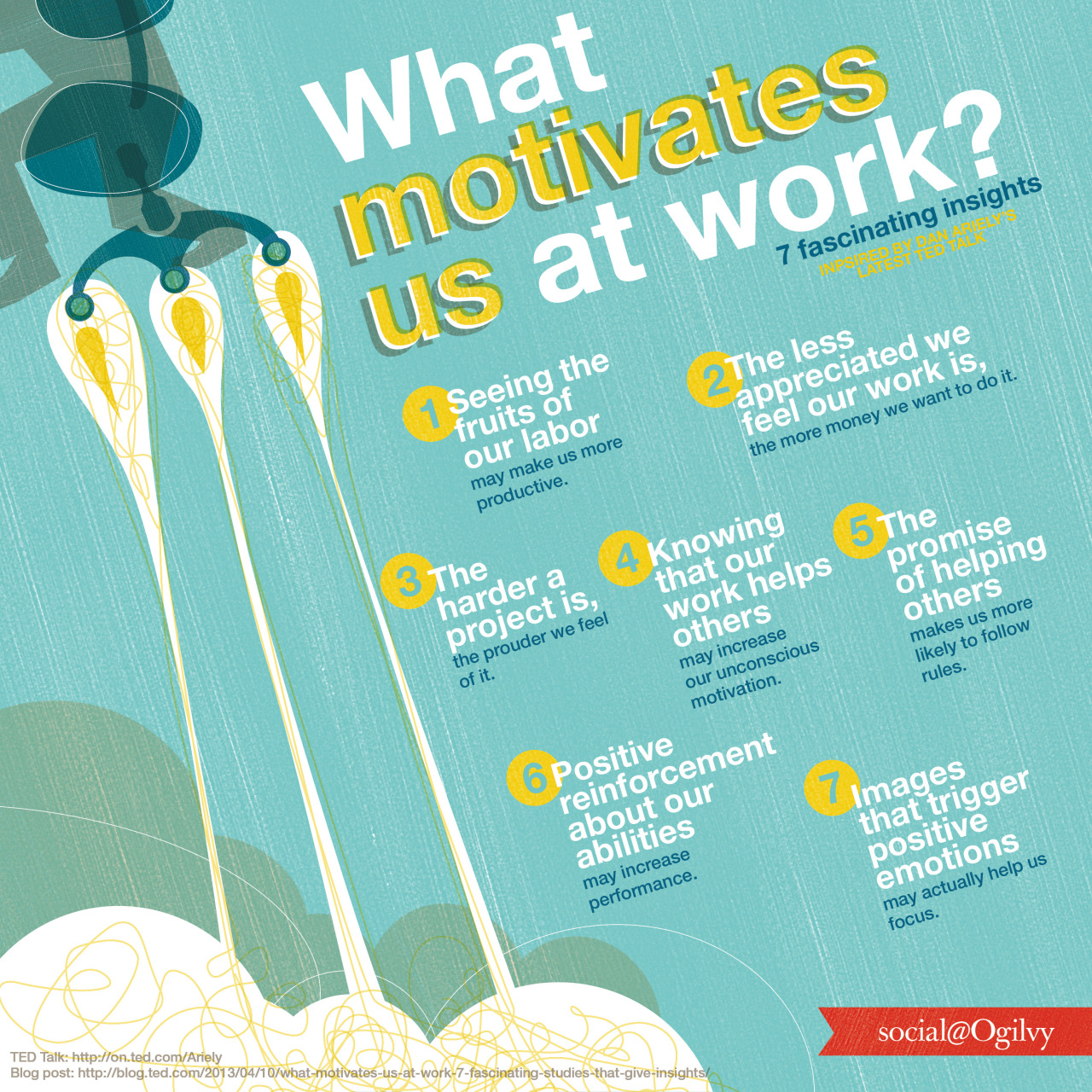E-readers and tablets are becoming more popular as such technologies improve, but research suggests that reading on paper still boasts unique advantages […]
How exactly does the technology we use to read change the way we read? How reading on screens differs from reading on paper is relevant not just to the youngest among us, but to just about everyone who reads—to anyone who routinely switches between working long hours in front of a computer at the office and leisurely reading paper magazines and books at home; to people who have embraced e-readers for their convenience and portability, but admit that for some reason they still prefer reading on paper; and to those who have already vowed to forgo tree pulp entirely. As digital texts and technologies become more prevalent, we gain new and more mobile ways of reading—but are we still reading as attentively and thoroughly? How do our brains respond differently to onscreen text than to words on paper? Should we be worried about dividing our attention between pixels and ink or is the validity of such concerns paper-thin?
Since at least the 1980s researchers in many different fields—including psychology, computer engineering, and library and information science—have investigated such questions in more than one hundred published studies. The matter is by no means settled. Before 1992 most studies concluded that people read slower, less accurately and less comprehensively on screens than on paper. Studies published since the early 1990s, however, have produced more inconsistent results: a slight majority has confirmed earlier conclusions, but almost as many have found few significant differences in reading speed or comprehension between paper and screens. And recent surveys suggest that although most people still prefer paper—especially when reading intensively—attitudes are changing as tablets and e-reading technology improve and reading digital books for facts and fun becomes more common.
“There is physicality in reading,” says developmental psychologist and cognitive scientist Maryanne Wolf of Tufts University, “maybe even more than we want to think about as we lurch into digital reading—as we move forward perhaps with too little reflection. I would like to preserve the absolute best of older forms, but know when to use the new.”
Beyond treating individual letters as physical objects, the human brain may also perceive a text in its entirety as a kind of physical landscape. When we read, we construct a mental representation of the text in which meaning is anchored to structure. The exact nature of such representations remains unclear, but they are likely similar to the mental maps we create of terrain—such as mountains and trails—and of man-made physical spaces, such as apartments and offices.
Because of their easy navigability, paper books and documents may be better suited to absorption in a text. “The ease with which you can find out the beginning, end and everything inbetween and the constant connection to your path, your progress in the text, might be some way of making it less taxing cognitively, so you have more free capacity for comprehension,” Mangen says.
Supporting this research, surveys indicate that screens and e-readers interfere with two other important aspects of navigating texts: serendipity and a sense of control. People report that they enjoy flipping to a previous section of a paper book when a sentence surfaces a memory of something they read earlier, for example, or quickly scanning ahead on a whim. People also like to have as much control over a text as possible—to highlight with chemical ink, easily write notes to themselves in the margins as well as deform the paper however they choose.
Surveys and consumer reports also suggest that the sensory experiences typically associated with reading—especially tactile experiences—matter to people more than one might assume. Text on a computer, an e-reader and—somewhat ironically—on any touch-screen device is far more intangible than text on paper. Whereas a paper book is made from pages of printed letters fixed in a particular arrangement, the text that appears on a screen is not part of the device’s hardware—it is an ephemeral image. When reading a paper book, one can feel the paper and ink and smooth or fold a page with one’s fingers; the pages make a distinctive sound when turned; and underlining or highlighting a sentence with ink permanently alters the paper’s chemistry. So far, digital texts have not satisfyingly replicated this kind of tactility (although some companies are innovating, at least with keyboards).
Generally, remembering is a weaker form of memory that is likely to fade unless it is converted into more stable, long-term memory that is “known” from then on. When taking the quiz, volunteers who had read study material on a monitor relied much more on remembering than on knowing, whereas students who read on paper depended equally on remembering and knowing. Garland and her colleagues think that students who read on paper learned the study material more thoroughly more quickly; they did not have to spend a lot of time searching their minds for information from the text, trying to trigger the right memory—they often just knew the answers.
Other researchers have suggested that people comprehend less when they read on a screen because screen-based reading is more physically and mentally taxing than reading on paper.
An emerging collection of studies emphasizes that in addition to screens possibly taxing people’s attention more than paper, people do not always bring as much mental effort to screens in the first place. Subconsciously, many people may think of reading on a computer or tablet as a less serious affair than reading on paper.
When reading on screens, people seem less inclined to engage in what psychologists call metacognitive learning regulation—strategies such as setting specific goals, rereading difficult sections and checking how much one has understood along the way.
To date, many engineers, designers and user-interface experts have worked hard to make reading on an e-reader or tablet as close to reading on paper as possible. […]
But why, one could ask, are we working so hard to make reading with new technologies like tablets and e-readers so similar to the experience of reading on the very ancient technology that is paper? Why not keep paper and evolve screen-based reading into something else entirely? Screens obviously offer readers experiences that paper cannot. Scrolling may not be the ideal way to navigate a text as long and dense as Moby Dick, but the New York Times, Washington Post, ESPN and other media outlets have created beautiful, highly visual articles that depend entirely on scrolling and could not appear in print in the same way. […] New e-publishing companies like Atavist offer tablet readers long-form journalism with embedded interactive graphics, maps, timelines, animations and sound tracks. And some writers are pairing up with computer programmers to produce ever more sophisticated interactive fiction and nonfiction in which one’s choices determine what one reads, hears and sees next.
When it comes to intensively reading long pieces of plain text, paper and ink may still have the advantage. But text is not the only way to read.








